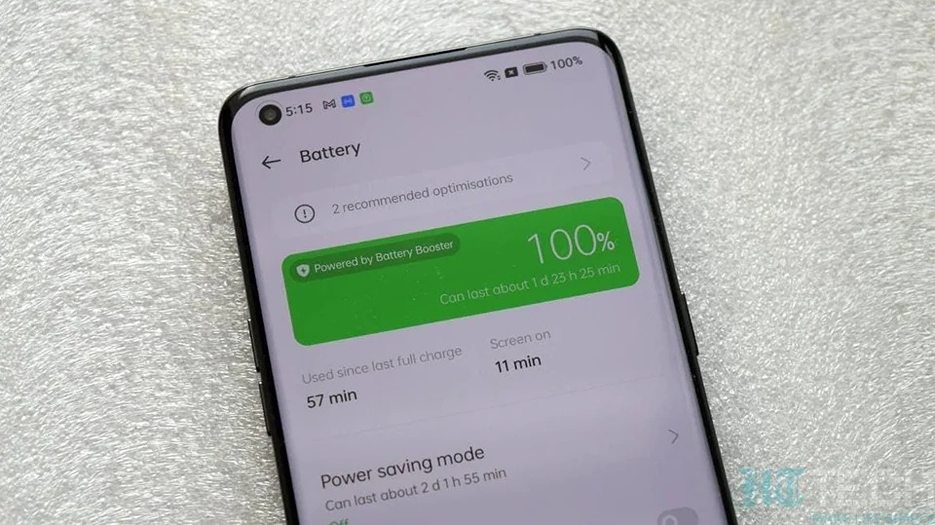Find Features Meanings By Xiaomi Mi 3 Review
Here you will be able to read the top Xiaomi Mi 3 review to grasp what are the terminologies related to Xiaomi Mi 3 specs, in terms of battery capacity, CPU type, display size, etc. Thus, you will understand their meanings, and you’ll be able to select wisely when you purchase a new cellular phone.
Xiaomi company declared Xiaomi Mi 3 smartphone model on 9/1/2013, and Released 2013, December. However, this model status in the market is: Discontinued.
Xiaomi Mi 3 comes with a 5.0 inches, 68.9 cm2 display size and Corning Gorilla Glass 3 as a display protection that is designed to save the screen when the phone drops on hard and jagged surfaces.
Xiaomi Mi 3 has 16GB 2GB RAM, and 3050 mAh battery life (the more mAh value gives more strength to the battery). When you purchase Xiaomi Mi 3, you will gain a 13 MP, f/2.2, 28mm (wide), AF rear camera and 2 MP, f/2.2 selfie camera.
Xiaomi Mi 3 comes with the following performance and platforms:
* Android 4.3 (Jelly Bean), upgradable to 6.0 (Marshmallow), MIUI 5 OS,
* Qualcomm MSM8274AB Snapdragon 800 (28 nm) Chipset,Quad-core 2.3 GHz Krait 400 Processor.
To get a full good Xiaomi Mi 3 review and make a well-informed decision on what device you will purchase, continue reading this article.
Understanding The Body Specifications By Reading Xiaomi Mi 3 Review
People are often interested in the cellular phone’s body characteristics, which prompted most smartphone producers to harness a considerable part of the company’s research and budget to develop this aspect of mobile phones so that it suits all the ambitions of the consumer. In the following lines, you will see Xiaomi Mi 3 review, which will represent the most important details related to the body of this device.
* Body Dimensions: 144 x 73.6 x 8.1 mm (5.67 x 2.90 x 0.32 in) which mean height, width, and thickness (depth) respectively.
* Body Weight: 145 g (5.11 oz).
For mobile phones, a weight between 140g to 170g is deemed proper for most users.
* Body Build: Glass front (Gorilla Glass 3), plastic back, plastic frame.
The most known mobile phones body kinds are shown here:
* Metal. Some cellular phones manufacturers use metal in the construction of the phone’s body in order to give the maximum protection for its inside components.
* Glass. Devices whose body is made of glass may look more attractive, but this type is not considered robust when fulling on hard surfaces.
* Plastic. This kind is very practical, so it is the most prevalent one in the manufacture of cellular phone bodies.
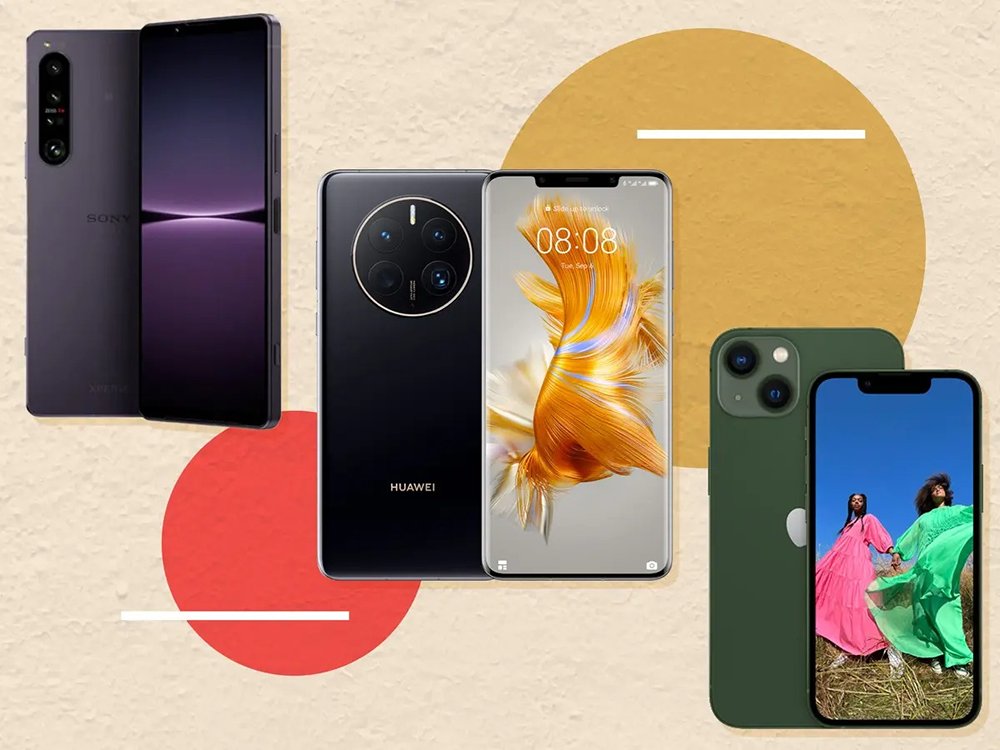
Know All available Colors – Xiaomi Mi 3 Review
Choosing the color of the smartphone is a relatively important decision because the colors reflected from the device will affect adversely or favorably the colors that shown on the display screen.
Xiaomi Mi 3 comes in the following colors: White, Gray, Black, Yellow, Pink, Blue, Gold, Green.
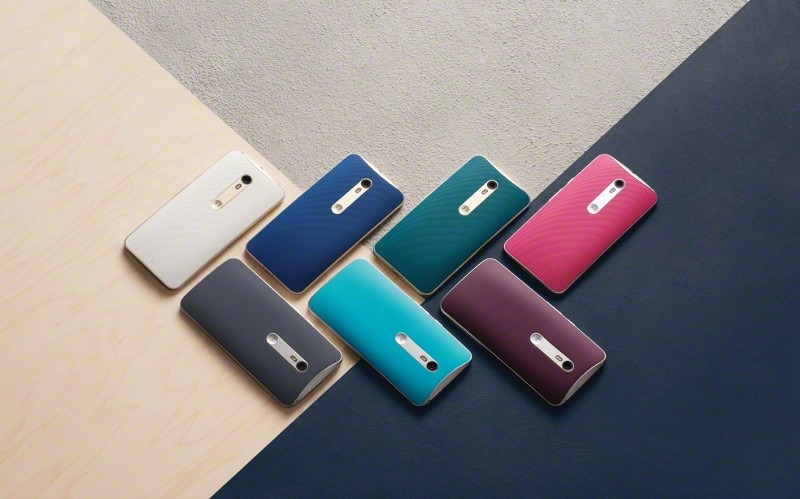
Knowing Display Specs Using Xiaomi Mi 3 Review
The cellphone’s screen is the primary element of the user interface, Therefore, it’s important to identify all about it., then you can select a mobile phone with screen that suits your needs.
The following lines explain the fundamental specifications of Xiaomi Mi 3. screen
Display Type: IPS LCD – Keep in mind to go for a screen kind that provides more shining colors and genuine black..
Display Size: 5.0 inches, 68.9 cm2 – presently, the average smartphones screen size is between 4.7 and 6.5 inches.
Screen To Body Ratio: (~65.0% screen-to-body ratio). It gives the percentage of how much the display covers the front face. Smartphones that have the largest screen to body ratio look delicate and give it a premium look.
Display Ratio: 16:9 ratio. the Aspect ratio is the relevance between the height and width of the smartphone screen. Taller aspect ratios like 19.5:9 is coming with the most modern smartphones, and it is suitable for web browsing, and other portrait orientation apps.
Display Resolution: 1080 x 1920 pixels. It is the clarity of an image video in details and sharpness. The pixel resolution for high definition screens is 1920 x 1080.
Display Density: (~441 ppi density). It is the number of physical pixels per inch on a screen, and is measured in Pixels Per Inch (ppi).
Display Protection: Xiaomi Mi 3 comes with the following display protection:
* Corning Gorilla Glass 3
* Corning Gorilla Glass 3.
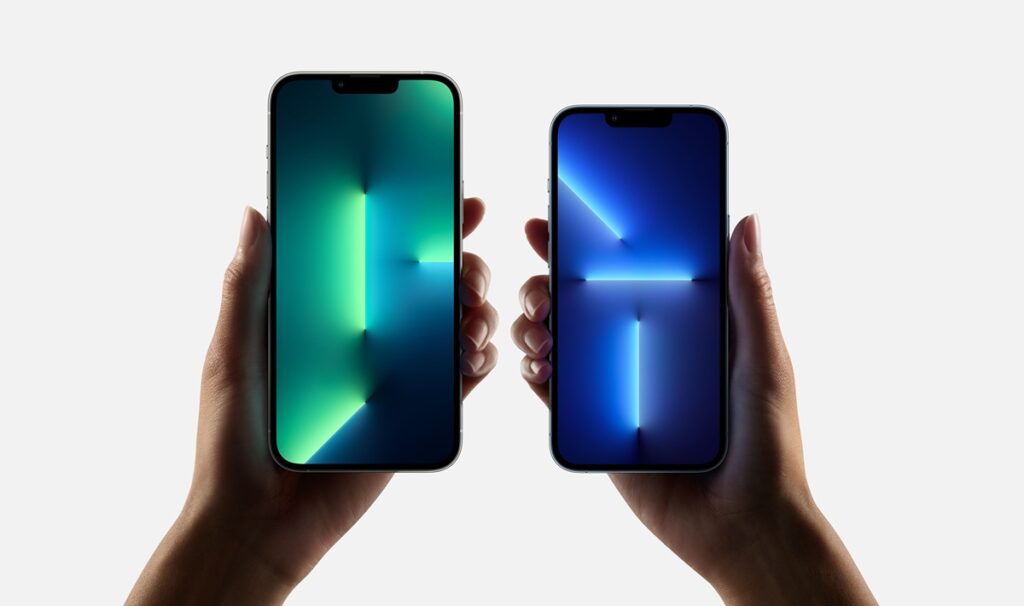
Xiaomi Mi 3 Review In Terms of Camera Features
In the following lines, you will find Xiaomi Mi 3 review about the main cameras.
* Main Camera Single: {13 MP, f/2.2, 28mm (wide), AF}.
Here are explanations about some of the symbols included in the camera characteristics:
MP (Megapixels) is the resolution of the image taken by a cellphone.
(f value) is the aperture of a lens indicates how much light it lets in. The larger the aperture, the more light is let in; and vice versa.
(mm value) This measurement is of the lens’s focal length, which affects the final image that is produced by your camera.
AutoFocus (AF) is the function of a camera to automatically focus on a subject.
The main camera features are as follows:
HDR, 1080p@30fps, HDR main video camera.
Here is the Xiaomi Mi 3 review of the selfie camera:
* Selfie Camera Single: 2 MP, f/2.2
The main camera specifications are:
1080p@30fps Selfie video camera.
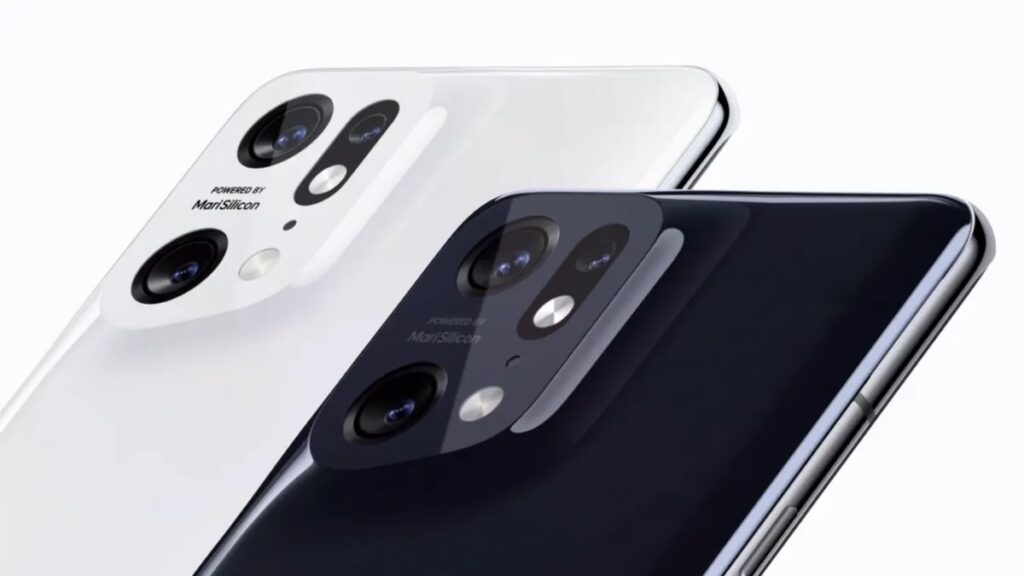
Xiaomi Mi 3 Review of the SIM Card
The acronym SIM is used to refer to the Subscriber Identity Module. It is a microchip that can be fitted into your cellphone to be able to access your phone’s communication features to make calls, send SMS, and connect to the 3G, 4G LTE, and 5G mobile internet. For more information about 3G / 4G networks, refer to Xiaomi Mi 3 3G or Xiaomi Mi 3 4G articles. SIM cards come in three sizes: Standard (Mini), Micro, and Nano. It is possible to use your smartphone without a SIM card, such as using the calculator, playing games, saving text or voice notes, and connecting to a Wi-Fi network to explore the internet.
This cellphone model comes with Mini-SIM card. For more information, refer to How to insert SIM card in Xiaomi Mi 3 article.
Here are the popular SIM card kinds:
* Nano SIM. This removable SIM card size is the smallest available one, so it is the most modern one (other than eSIMs, which we’ll talk about it very soon) and most modern cellphones are using it.
* Micro SIM. They have a little bit larger chip, and they’re rarely been used in the recent years.
* Standard SIM (Mini SIM). It is the biggest SIM card size in use, and it’s the most seldom used.
* eSIM. It is an embedded SIM card, meaning that you can’t remove it from your cellphone.
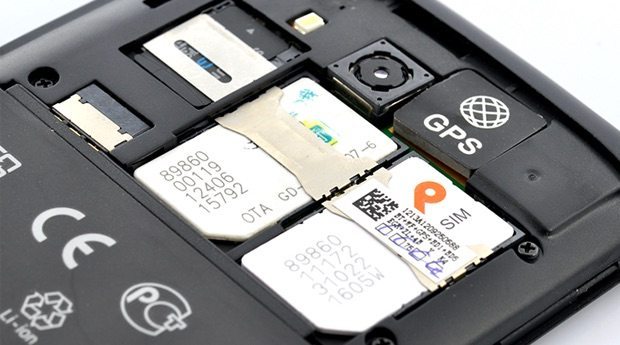
The Performance – Xiaomi Mi 3 Review
This model has Qualcomm MSM8274AB Snapdragon 800 (28 nm) chipset.
A chipset on a cellphone is most usually referred as a system on chip (SoC). It is an integrated circuit that houses all of a device’s essential components on one chip.. The most famous kinds are: QUALCOMM Snapdragon, MEDIATEK CHIPSETS, and INTEL ATOM.
Xiaomi Mi 3 has Quad-core 2.3 GHz Krait 400 CPU.
The higher the number of cores, and the higher the number of processing speed the better the processor’s performance will be.
Xiaomi Mi 3 has the following GBU (Graphics Processing Unit): Adreno 330.
All graphics jobs are treated and accelerated by this chip, and more faster GPU means more powerful smartphone will be.
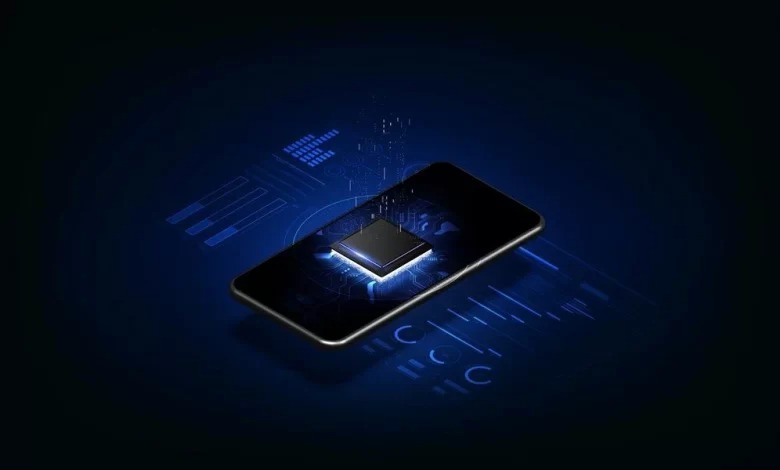
Knowing About Storage characteristics – Xiaomi Mi 3 Review
One of the main deciding factors when you want to purchase a new cellular phone is the amount of storage it offers. and the following internal storage: 16GB 2GB RAM – 64GB 2GB RAM
Two types of phone’s memory are available:
Internal: It is built in the phone, and can’t be increased. Nowadays, the majority of mobile phones have internal memory that is at least 32GB or 64GB and a few high-end models feature 256GB or 512GB.
External: It is a removable SD card used as an alternative memory to store photos, music, videos, etc., regardless of the type of SD card slot.
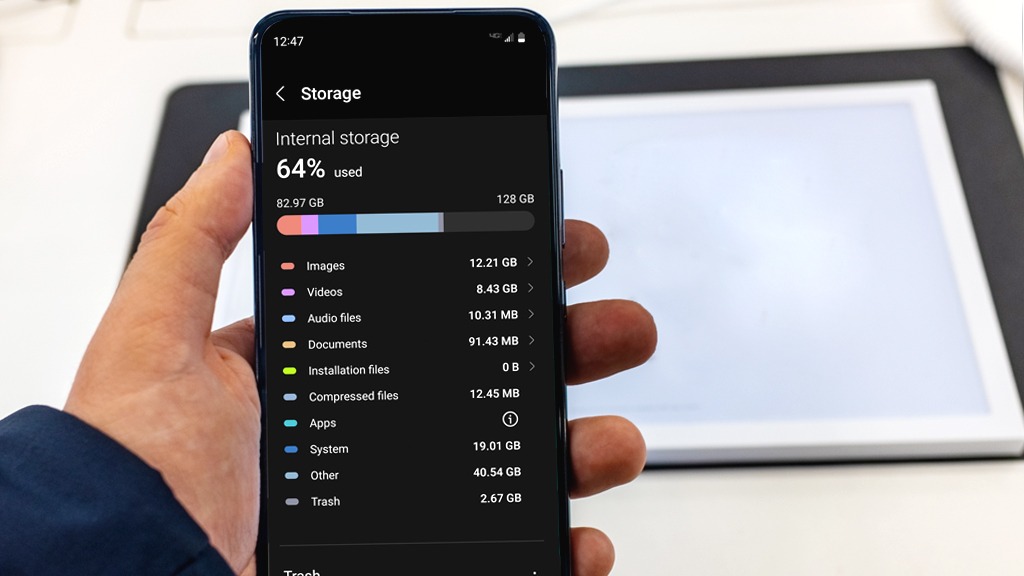
Xiaomi Mi 3 Review of Connectivity and Mobile Networks
The complex architecture used by mobile networks covers base stations sending radio waves through hexagonal regions known as “cells” (hence mobiles also being known as cellphones). In order to prevent any signal-deficient locations, thousands of cells interfere across several geographic zones. 3 various network kinds available today: 3G, 4G, and 5G. These networks have the capability to pick up and deliver mobile telecommunications as well as transmit and receive data and information.
Xiaomi Mi 3 supports the following networks: 3G. For more info, refer to Xiaomi Mi 3 3G article.

Available Wireless Connections – Xiaomi Mi 3 Review
This model supports the following wireless connections:
* WLAN connection: {Wi-Fi 802.11 a/b/g/n, dual-band, Wi-Fi Direct, hotspot}. Wireless Local Area Network uses Wi-Fi to communicate to the home or office wireless network using the local router and offers Internet access.
* Bluetooth connection: {4.0, A2DP}. It is a common wireless communication protocol used to communicate two devices together over short distances, allowing them share data between different devices.
* GBS connection: {Yes, with A-GPS, GLONASS}.Global Positioning System enables mobile phone to define any position you need.
* NFC connection: {Yes}.Near Field Communication is a wireless technology that enables your cellphone to send data to another device when they’re close together, so it’s commonly used for contactless payments. For more info, refer to NFC on Xiaomi Mi 3 article.
* USB connection: {microUSB 2.0, USB On-The-Go}.Universal Serial Bus is wired technology that allows users to connect two devices, such as a smartphone with a PC, to either transfer data or to charge the connected device.
* Features Sensors: {Accelerometer, gyro, proximity, compass, barometer}. The sensor is a device that detects and majors the changes in the nearby environment such as ambient light and motion.

Xiaomi Mi 3 Review – The Operating System
This model comes with {Android 4.3 (Jelly Bean), upgradable to 6.0 (Marshmallow), MIUI 5} operating system.
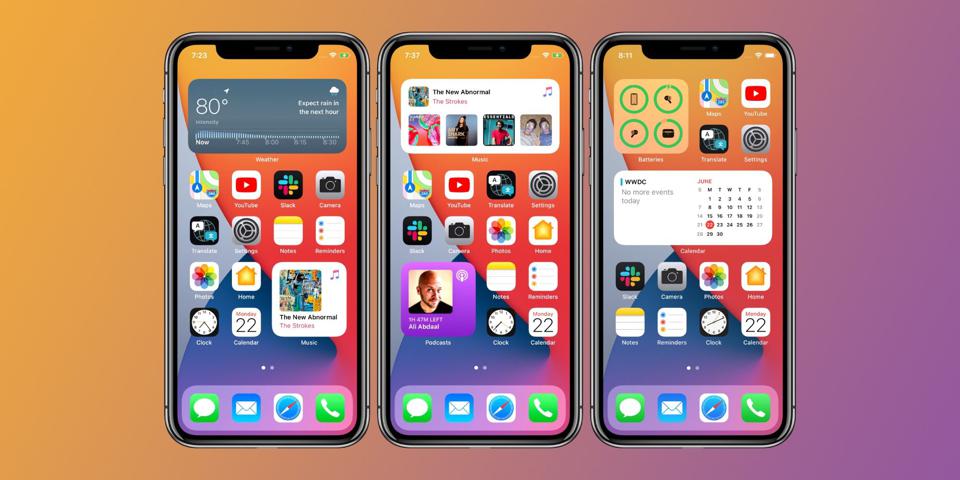
Battery Main Specs – Xiaomi Mi 3 Review
Nothing is more essential than the smartphone’s battery, which powers these gadgets and grants daily life going. The following lines are including Xiaomi Mi 3 review of its main battery.
* Battery Technology: {Li-Ion}.
* Xiaomi Mi 3 comes with {non-removable} battery.
* Battery Capacity: {3050} mAh. It refers to the storage capacity a particular battery may offer. A battery with 3100 mAh capacity rating could supply a current of 3100 mA for one hour. Higher mAh ratings for the same battery type will generally mean longer working time.
* Battery Talk Time: {Up to 25 h}.
* Continuous Audio Playback Time: {Up to 50 h}.
* Battery Charging: {Fast charging 18W}.
* Battery Stand by: {Up to 500 h}.
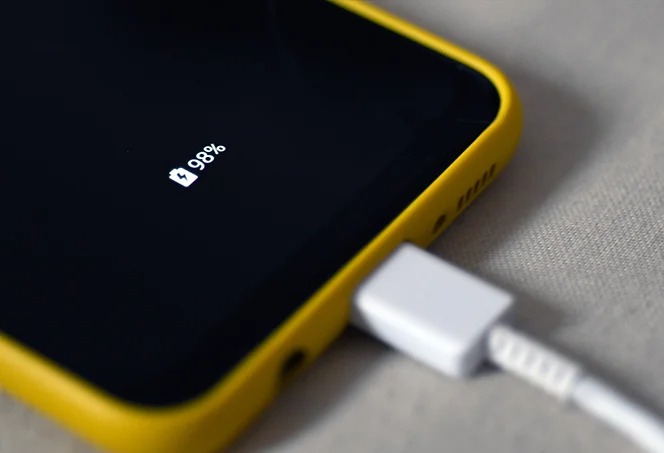
Xiaomi Mi 3 Review of the Battery Secondary Specs
In addition to the primary Xiaomi Mi 3 features that we mentioned earlier, this model has more battery-related characteristics that are relatively varied depending on the model of the cellular phone. Here are these specifications:
* Battery Charging Original: {Fast charging 18W, Quick Charge 2.0}.
